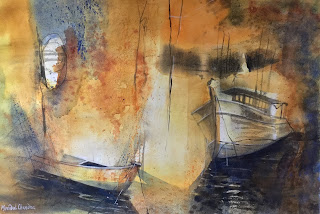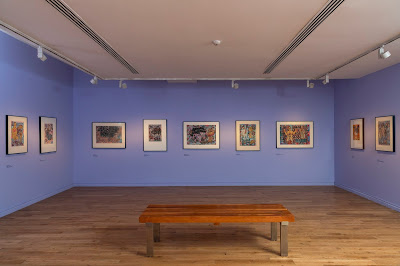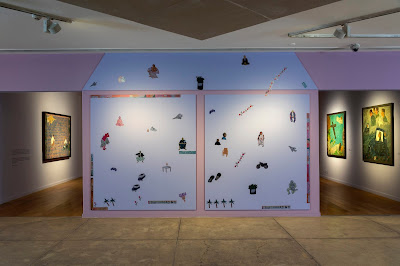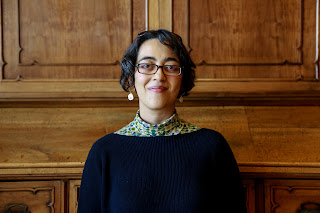Nostalgia in Stone
All works in this series have been rendered plein air, on site, in an effort to represent the ephemeral atmosphere, the changes in light and colour, and effects of light and shadow prevailing at the place. The vulnerability of the monuments and the locations are evident in the rendering; the onsite painting emphasizing the immediacy and transient nature of the event and locale.
 The artist’s hometown Vijayapura, and Gadag, where he studied art, are important historical places with several specimens of Chalukya and other significant articulations in close proximity, which kindled Wali’s interest in history and architecture. Combined with his artistic sensibilities, these have formed a recurrent muse for him. Wali’s fascination with these locales has resulted in repeated visits to Hampi which have materialised in this body of work and form a large part of it.
The artist’s hometown Vijayapura, and Gadag, where he studied art, are important historical places with several specimens of Chalukya and other significant articulations in close proximity, which kindled Wali’s interest in history and architecture. Combined with his artistic sensibilities, these have formed a recurrent muse for him. Wali’s fascination with these locales has resulted in repeated visits to Hampi which have materialised in this body of work and form a large part of it.‘Nostalgia in Stone’ captures the paradoxes associated with the sites - the fragility and notions of (im)permanence of the monuments constructed in stone, and the associations with culture and heritage as tangible artefacts. Wali adopts a naturalistic approach, with a focal point, and illusion of details in the foreground, allowing the backdrop to diffuse and recede into the distance.
The soft, sentimentalized atmosphere and the play of light form a sharp contrast to the stone monuments that heighten their frailty and vulnerability. The numerous surviving ruins of Badami, Hampi and neighbouring areas - the Agastya lake, Hemakuta hill, Virupaksha temple, the watch towers, Lotus Mahal and the famous Garuda Shrine are some of the historical landmarks depicted in the paintings.
The morning light, the glorious sunsets and the afternoon shadows frolic amidst the ruins to render an enchanted image, recapturing some of the lost grandeur of the place. The sparkling pools of reflection from the water bodies, dazzling temple gopurams in the sunlight, the view from the watch towers, the glorious Garuda Shrine in the form of a chariot in the Vittala Temple complex that appears to be monolithic, offer glimpses of a magical past.
Wali’s body of work, a visual artistic documentation, is a significant attempt to emphasize concerted efforts required for conservation and preservation of heritage*.
*Excerpt from the catalogue text by Nalini S Malaviya
‘Nostalgia in Stone’ is on at Reves Art Gallery, Bangalore till 12th Jan 2020
Please share this article using the social media widgets at the bottom and do subscribe to receive regular updates from Art Scene India.
For interviews, profiles, sponsored posts and to contribute articles, contact artsceneinfo@gmail.com
Also read,












